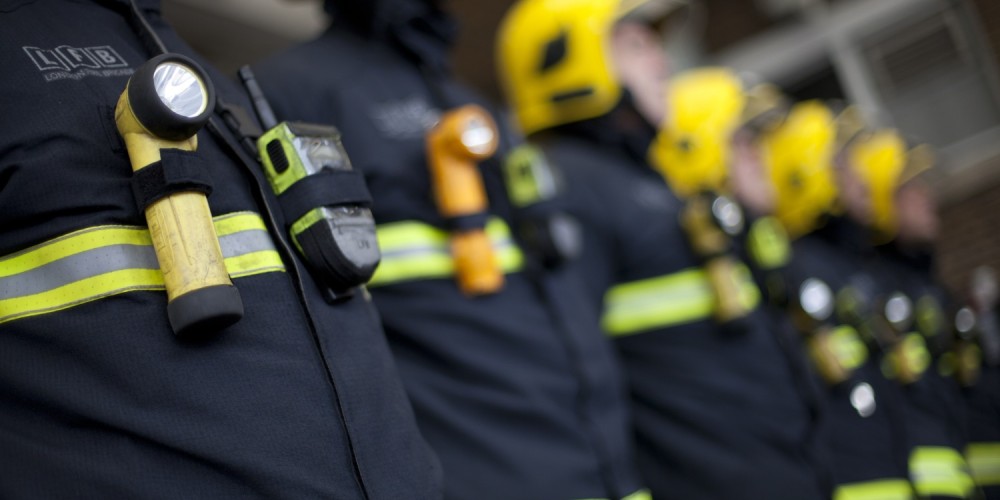Fire safety is a top priority. Integrating modern tools with human readiness is a proven approach to prevent fire disasters. Automatic fire suppression setups and emergency readiness programs offer comprehensive safety to minimize fire impact.
What Are Sprinkler Systems?
Fire protection networks are designed to respond to fires. They function automatically during fires to prevent fire spread. Water dispersion units provides localized protection, optimizing water use.

Important elements of fire suppression systems include:
- Spray outlets: Deliver water to fire zones.
- Water distribution systems: Maintain water pressure.
- System monitors: Manage fire detection.
- Water reservoirs: Provide reliable water sources.
sprinkler e detector de fumaça
The Importance of Emergency Preparedness
Beyond the capabilities of sprinklers, fire brigade skills ensures better outcomes. Preparedness drills prepare teams to handle fire emergencies and work alongside fire suppression systems.

Important parts of fire response training include:
- Proactive safety measures: Promoting safety awareness.
- Emergency escape strategies: Improving exit coordination.
- Hands-on fire control: Training in using equipment.
- Coordinated responses: Improving team effectiveness.
treinamento de brigada de incêndio
The Synergy Between Technology and Preparedness
Integrating automated systems and team skills creates a robust fire safety plan. With sprinklers controlling flames immediately, trained fire brigades address residual risks.

When working as a unit, this approach limit damage in residential buildings, offices and businesses, and industrial facilities alike.
Final Thoughts on Fire Safety
Advanced suppression systems and team preparedness provide unmatched fire safety. Equipping buildings with these tools enhances emergency responses for any fire scenario.
Ensure a safer tomorrow by acting today by installing sprinkler systems. Your safety depends on both systems and skills!